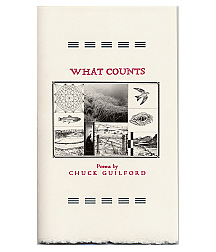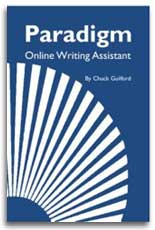Writers traditionally identify the source of words or ideas that they quote, paraphrase, or summarize from outside sources. In informal writing—personal narratives, for instance, or humorous pieces—sources are best identified in the text itself, keeping the reference brief yet clear.
As writing contexts grow more formal—academic papers or legal documents, for instance—readers increasingly expect more care and precision about revealing sources. In such situations, formal reference notes are handled with strict adherence to established convention. Yet here also, clarity and simplicity are essential.
Like simplicity and clarity, the following guidelines apply in a broad range of writing contexts:
- Cite a source to give
As writing contexts grow more formal, readers increasingly expect more care and precision about revealing sources.
credit where credit is due. This is partly a matter of common courtesy. If someone has spent time and effort on an important study and you use that information, a reference note is your way of saying thanks, and of letting readers know about your source's contribution. Beyond considerations of courtesy, however, come considerations of honesty. It's dishonest to take credit for another person's original words or ideas. To do so would be an act of plagiarism. Don't be guilty, even unintentionally, of plagiarism. Always give appropriate credit to those whose original words and ideas appear in your own writings. - Cite a source to give readers a first-hand look at materials you've used to develop and support your ideas. A doubting reader may question your statistics or your mention of a scientific study. A reference note allows that reader to check up on you, to find the same book or article you used. Skeptical readers can make sure, for instance, that the study was conducted responsibly and that you've presented the results fairly and accurately. Even sympathetic readers may want to access your sources. If they have a genuine interest in your subject, they'll want to learn more. By following up on your sources, they can access your information trail.



